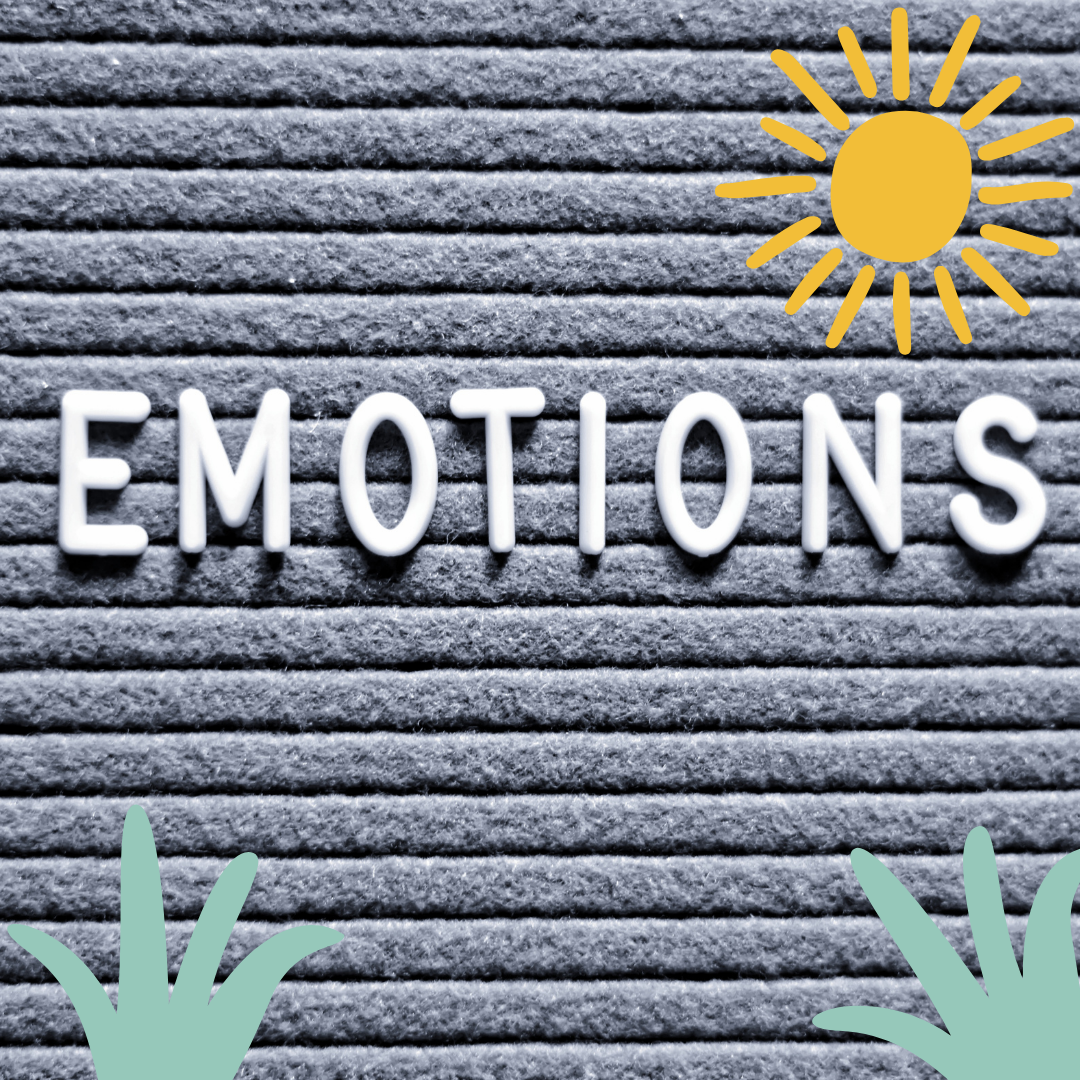
Hey kids! It's OK to cry!
So today we are talking crying in children. Our little preppie has had some serious term three fatigue and we have started noticing a bit more crying as he is trying to regulate his big emotions.
Seeing your child cry is one of the hardest sights as a parent. It can make us feel upset and even helpless. And no one likes to feel this way. But as parents it is our job to help our little ones understand their emotions and help them to regulate so that they can maintain an emotional balance.
For babies and toddlers who do not have the words yet to express themselves, crying is a form of communication. It lets us know they are tired, hungry, wet, sick or in need of comfort. These are all important messages for us as their carer in order to meet their needs. Their crying serves a strong and obvious purpose.
But what about pre-schoolers and older toddlers who can speak?
Are there benefits to their crying as well?
As a grown-up have you ever just had a really big cry and felt that little bit lighter afterwards? Some researchers believe that emotional tears (not irritant tears that clean), release stress hormones from the body. And this can be important for our little ones too.
Children of this age are still going through so many changes. They want to be part of the grown-up world, but they are still highly susceptible to becoming, hungry, overtired, overstimulated and frustrated. They are also starting school and becoming challenged by new social and overwhelming situations. For these children sometimes they become exhausted, and their little bodies lose the emotional balance.

Crying in children: what to do?
Let’s start with what not to do… It seems obvious these days but try not to diminish your child’s feelings. A crying child is dealing with big feels and this needs to be acknowledged. In fact, telling your children that “it’s not worth crying about” or “big kids don’t cry”, is undermining their emotional equilibrium further and adding to their stressors.
Instead giving them the opportunity to let their tears flow and give them a cuddle. Once they start to speak, listen and let them try to put their emotions into words. Sometimes they may need a little help with this and that is OK too.
Finally, give them space.. sometimes our kids have big emotions and they don't want us to help them as they are working through it. This is OK too. There are some great articles around on BIG FEELINGS and the benefits of "calm-down" corners or "time-in" corners. I'll fill you in on BIG FEELINGS another time.... but creating a calm down corner where your child is surrounded by comfort is also a great space for them to regulate their emotions.

Create a calm down corner:
It is a simple one but there are a few things you need to consider. Pick a location that isn't removed from the family space. It isn't about excluding it is about comfort. Create a space with a basket of comforting items such as favourite books (add some emotion ones in too), soft toys, items that play gentle music etc. and some sensory items. Fuzzy/furry toys, play silks, pop-it toys, spinners can also help soothe a little one with big feelings. Finally, add cozy furniture, bean bags and pillows on top of your play mat to create a soft and inviting space.

